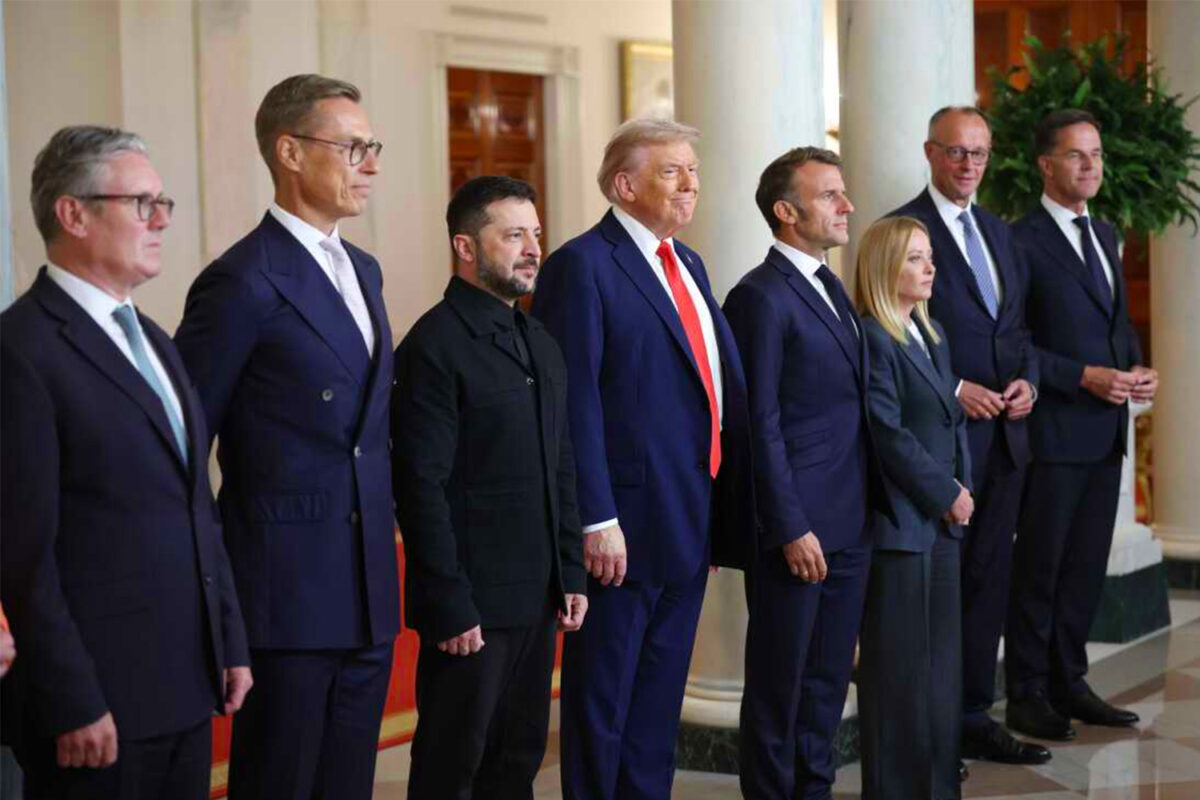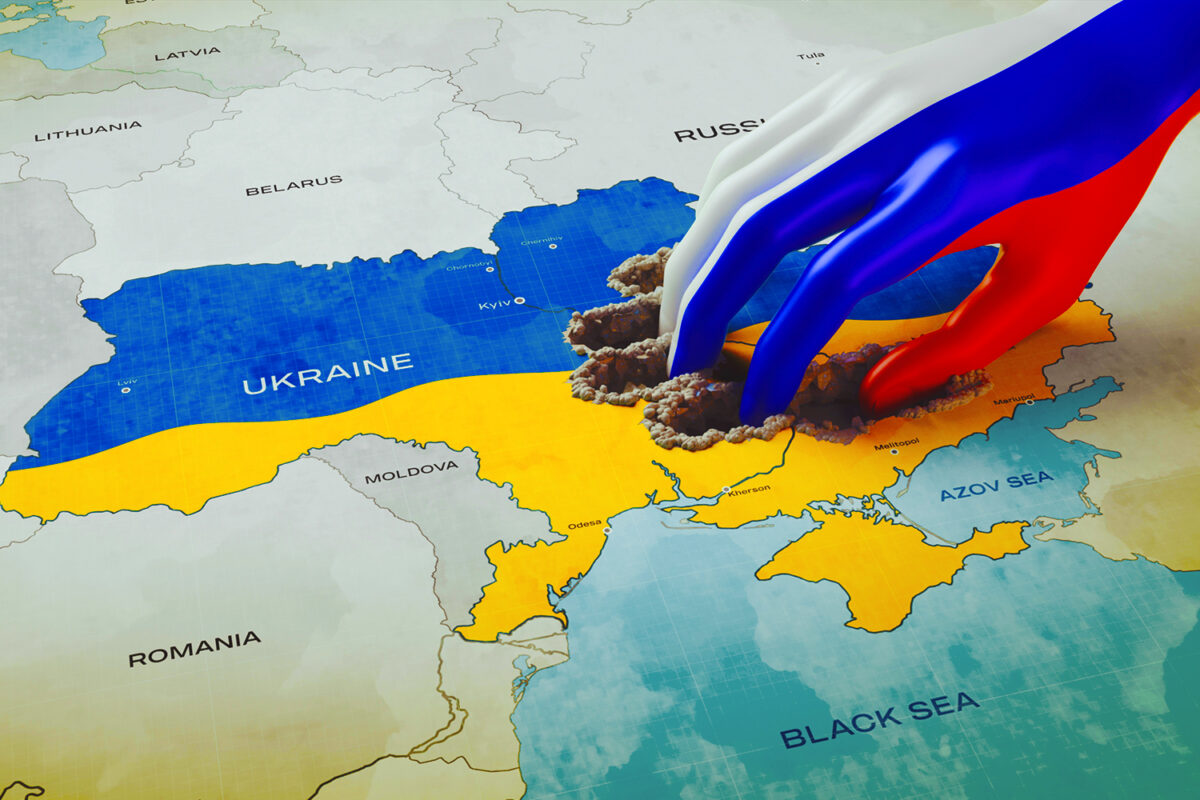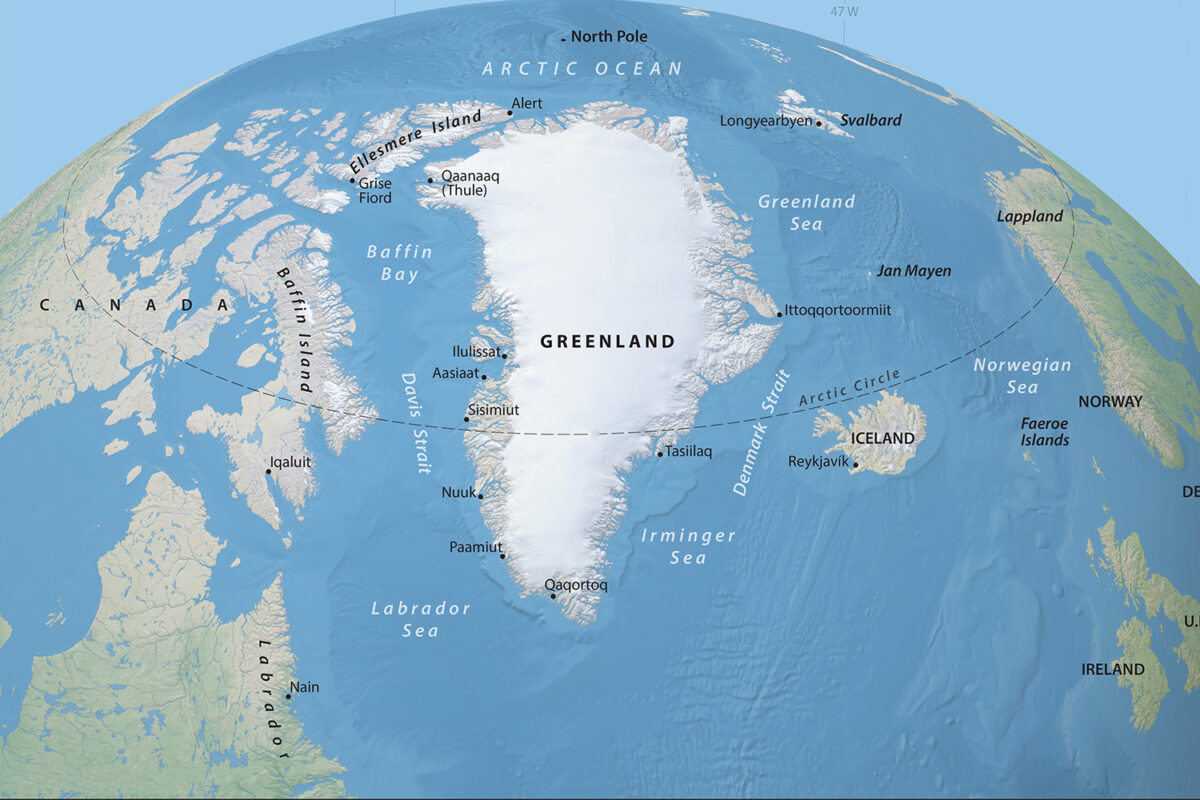This week Queen Elizabeth II of the United Kingdom and the Commonwealth realms celebrates her Platinum Jubilee, the first British Monarch to ever do so. The Royal House of Windsor is today the longest serving royal family and Queen Elizabeth II is the longest serving monarch alive, reigning for 70 years since she acceded to the throne on her father’s death. The job of the British Monarchy is not what it used to be despite thousands of years of history, but the Royal Family provides an attractive national symbol for the UK as well as a steady hand in times of fractious and unpopular governments. The biggest challenge for the Royal House, aside from its many regular embarrassments, is not just preserving its legitimacy, but how an archaic medieval institution remains relevant in a modern world.
All stops have been pulled out in the UK to celebrate The Queen’s 70 year reign. Brexit, Covid-19, inflation, the cost of living crisis and a possible recession as well as confidence in democracy and government being rock bottom, has made the celebrations even more important and British officials are giving the event wall-to-wall coverage. An extra national holiday and the Spring Bank Holiday was moved from the end of May to the start of June, to create a four-day Jubilee bank holiday weekend from Thursday the 2nd of June to Sunday the 5th of June. The British government has promised a “once-in-a-generation show” that will “mix the best of British ceremonial splendour and pageantry with cutting-edge artistic and technological displays.” Similar events are to also take place in other Commonwealth nations and territories, such as Australia, Canada, Cayman Islands, New Zealand and Papua New Guinea.
But what is the job of the royal family? For some, the job of the Royal Family is to prop-up an unfair system in order to distract the people from the real conditions of their lives with pageant and ritual. For others, the monarchy is a symbol the British can unite around who also provides stability and is a guide to the government. Yet for some others, the modern monarchy is a form of soft power, offering an attractive national image to the world and appealing to foreigners, to visit as tourists. The most recent members, such as Kate Middleton (the Duchess of Cambridge) and Meghan Markle (who was the Duchess of Sussex until she gave up her royal title) into the Royal Family have been seen by many as a soft power triumph for Britain.
For some, the job of the Royal Family is to prop-up an unfair system in order to distract the people from the real conditions of their lives with pageant and ritual
The Long History of Royalty
There are records that go back 5000 years about kings and queens and in that time the role and duties of royal families has varied. A common theme among monarchs throughout the ages is their claim they are closer to god then anyone else, so they understand what god wants from the people better than all others. The monarchs throughout the ages sold this to the masses in different ways.
Alexander the Great used his conquest of the Persian Empire in 323 BC to propagate that he had achieved what no mortal could. He would go on and order the Greeks he had already conquered to worship him as divine. Within a generation, godlike kings were accepted all over the Greek world. The ancient Egyptians Kings believed they were god incarnate, whilst King Uruinimgina of Lagash, in what is now southern Iraq around 2360 BC, pledged to protect his subjects against violence and mediate between them and the gods, in return for their obedience.
The Queen regularly has higher approval ratings than the Prime Minister and other politicians
Christianity has been the foundation of royal power for well over a millennia. The history of royalty consists of conflict, coups, beheadings, oppression and odd popular monarchs. It consists of conflicts between monarchs and priests who headed religious institutions and in many cases priests or religious officials even decided who was king. Much of royal history comes down to deals between monarchs, priests and politicians.
The Long Royal Retreat
Medieval European history consists of monarchs dominating large swaths of the continent in cahoots with the Christian Church after the collapse of the Roman Empire in the 5th century. Following Viking raids and settlement in the 9th century, the Anglo-Saxon kingdom of Wessex emerged as the dominant English kingdom. Alfred the Great secured Wessex, achieved dominance over western Mercia, and assumed the title ‘King of the English.’ His grandson was the first king to rule over a unitary kingdom roughly corresponding to the present borders of England. These Anglo-Saxon monarchs converted to Christianity as god made kings and only the pope in Rome could say what god wanted. The Archbishop of Canterbury — god’s man in England — could anoint a king with holy oil, raising the king above everyone else. From this time until the middle of the 17th century the British Monarchs ruled supreme.
Even before the reformation reached the English shores and Henry VIII tried to break free in the 1530s by appointing himself head of an independent Church of England, a long process of royal retreat was underway. It would begin with the Magna Carta in 1215. That would try to make peace between the unpopular king and a group of rebel barons. It would restrict some of the powers of the monarch’s arbitrary authority, even after it was torn up by the King and not accepted by the Pope. A Lord Mayor would strip the monarchs of England of power over the City of London – the square mile and financial district in central London. The City has never been part of England or London. It is not subject to the Sovereign, neither is it under the rule of the British Parliament. The City would play a key role in funding the expansion of European colonialism and opening up the world and would turn Britain into a global superpower. In 1714, a Bill of Rights would rob royalty of the “power of suspending the laws or the execution of laws by regal authority without consent of Parliament” and that of “levying money for or to the use of the Crown without grant of Parliament.“
By the end of the 18th century the abandonment of the British monarchy in America and the bloody revolution in France in 1789 had given monarchies a bad name. Democracy, representative rule and nation states was all the rage. The world was changing and monarchies were seen as a thing of the brutal past.
National Symbol
At the beginning of the 20th century most of the major monarchies and dynasties in the world were overthrown. The Qajars in Iran, the Qing in China, the Habsburgs in Austria and the Hohenzollerns in Germany all came to an end. The British monarchy adapted and remade themselves. Queen Victoria was from the German Royal House of Saxe-Coburg and Gotha and her eldest son, King Edward VII, took the name of the family’s regular summer residence in the western suburbs of London – Windsor, in 1917, due to anti-German sentiment during WW1.
The Royal Family came to form British soft power in an era where Britain’s hard power was in decline
The decline of Britain as a global power after WW2 would give the Royal Family a new reason for its continued existence. British officials used all the pageantry around the Royal Family as a means to market Britain around the world and in theory The Queen was the head of state for a number of nations and territories. The Royal Family came to form British soft power in an era where Britain’s hard power was in decline. The Royals’ role entailed regular travel to the Commonwealth and beyond giving medals, British Empire titles and attending ceremonies and sports events as a symbol of British power. As the post-WW2 era wore on those who associated national symbolism with royalty were being outnumbered with a new generation that never saw the Pax-Britannica days and came to not associate with royalty.
The Queen herself has admitted as the 21st century began she was struggling to keep the Royal Family relevant in a new age. What didn’t help was her relationship with Princess Diana who came to eclipse The Queen’s popularity in the 1990s. Her silence for five days after Princess Diana’s death in 1997, saw a large rise in sentiment for the abolition of the monarchy. It would take a decade to fix the monarchy’s reputation with a carefully crafted marketing campaign that utilised the younger royals to build a new image of a modern Royal Family with Prince William and Prince Harry leading the way. Public support remains high and stable in support of the British monarchy. Sixty percent of the population has for decades believed the monarchy is a source of pride for the country. Public opinion for the abolishment of the monarchy has remained around a quarter of the population and is mainly amongst the under 25s.
The Royal Family in the UK has survived as it adapted and found a role for itself as other monarchies were either abolished or violently overthrown. British politicians as well as Britain’s ruling class see the Royal Family through an economic and a soft power lens that brings credibility and tourists to the UK. The Queen has been able to continue a 5000 year old tradition as it provides an image of pride, unity and national identity for the UK. The Queen regularly has higher approval ratings than the Prime Minister and other politicians. On The Queen’s Platinum Jubilee this week, this pride still matters to more people than those who want the medieval and hereditary institution abolished.




